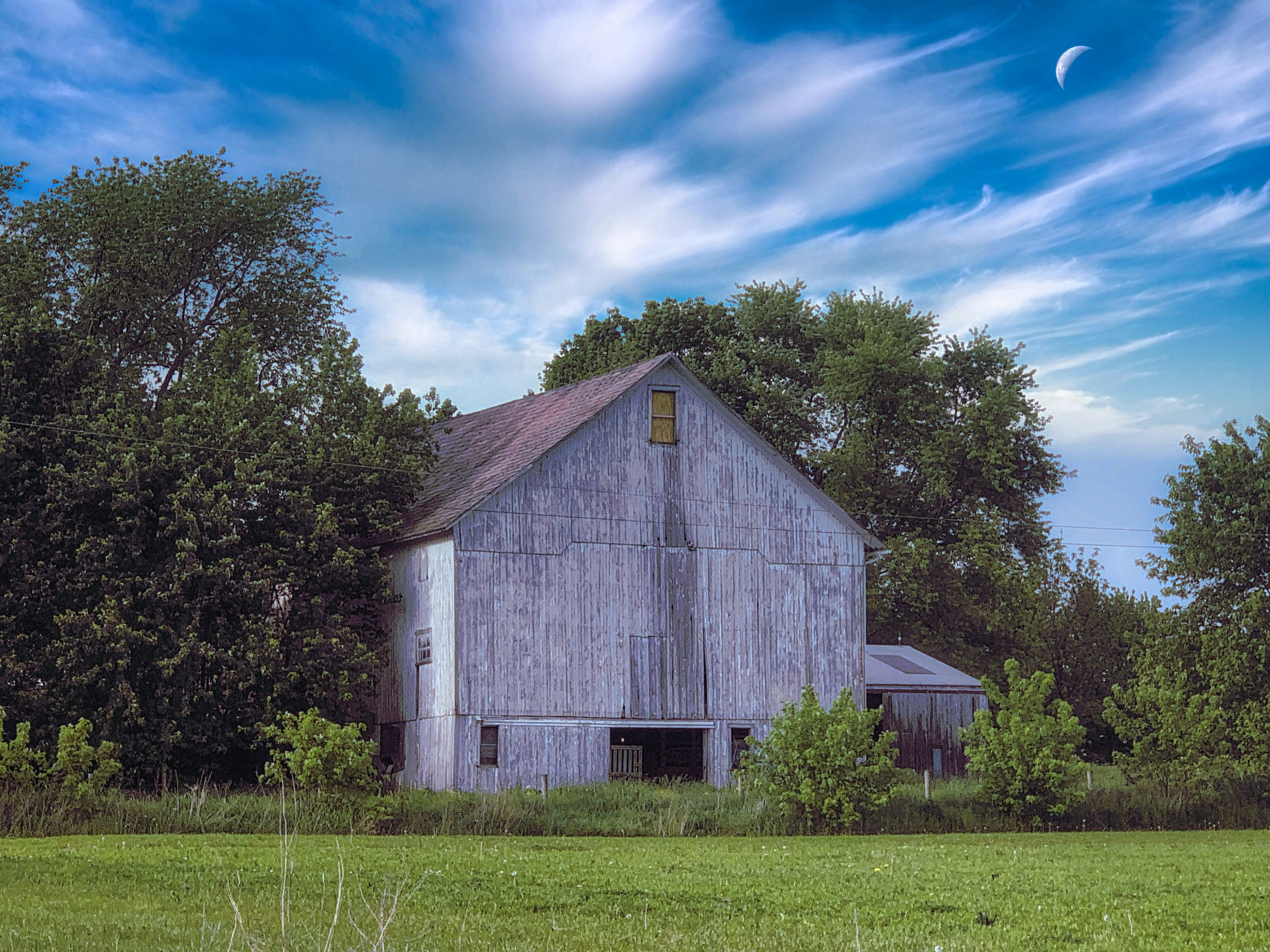
Photo by Leslie Saunders
By Elizabeth Schuster, Environmental Economist
Introduction
Agricultural counties across Ohio are diverse, varying in the type of agricultural production, average farm size, and the rate to which urbanization is occurring. That said, rural communities have something in common: a desire to maintain and improve their quality of life.
The quality of life for communities is directly tied to land use. Planners in local government and economic development often invest a good amount of time and resources into planning for land use. And quite often, land use planning is considered a success only when MORE development has occurred. In other words, quality-of-life improvements are considered a success based upon more residential, industrial, commercial, or urban development. Standard metrics of success include an increase in the number of housing units, creation of new jobs, greater investment in manufacturing, or expanded retail options to help attract or retain the workforce.
But here’s the problem. Agricultural lands and open space also provide substantial benefits to the quality of life for our communities, but their preservation is not necessarily counted in the standard metrics of success. Although preservation of farmland and open space is not entirely missing from land use planning discussions, they often take a back seat, becoming a secondary priority, since it is difficult to account for with a simple metric.
Applying an ecosystem service framework
Applying an ecosystem service framework to land use planning helps capture those additional human well-being benefits that may be missing from standard planning frameworks. An ecosystem service framework is an approach that values the multiple benefits provided by the lands and waters that are the foundation of our agricultural counties.
BenDor et al. (2016) make the case that land use and comprehensive plans do consider open space, but the problem is that the common metrics in those assessments are not specific enough to be useful. For example, only focusing on number of acres of wetlands or forest is not sufficient to then link those numbers to quality-of-life benefits that are important to communities.
Communities may be more motivated to preserve open space when they see the direct benefits to people highlighted more explicitly in land use planning. Open space provides numerous benefits, including water quality filtration, improved flood resilience, recreation, tourism, crop pollination, and scenic views.
While the BenDor article does mention farmland preservation in one of the case studies, insufficient attention is given to the ecosystem services directly (and indirectly) provided by agricultural lands. Farmland provides many similar but hard-to-quantify benefits as those provided by natural lands, and thus also needs to be considered more explicitly in land use planning frameworks.
We do want to provide an important caveat: not all open space and farmland provides the same level of benefits. For open space, the quality of habitat and the proximity of communities to the habitat will influence the level of ecosystem services provided. Likewise, for farmland, the quality of the land will influence the level of services provided. In some cases, regenerative practices and diversified farming systems can provide a higher level of benefits.
However, once open space or farmland are lost to development, the quality-of-life benefits they once provided are also lost. That means two fundamental truths for land use planners. First, land use planners need to focus on maintaining the existence of open space and farmland with an emphasis on the highest quality lands. Second, once high-quality open space and farmland are secured, attention needs to shift towards ecological restoration or adoption of agricultural BMPs that could increase the level of ecosystem services provided by all open space and farmland.
Incorporating shared goals for open space and farmland into land use planning
If you’ve ever driven through a rural county in Ohio, you may remember viewing a mix of forests, streams, pastures, and row crops. Open space and agriculture together define the rural character that is a core component of the heritage and quality of life for communities.
Many of the lands that are priorities for open space are in floodplains, have steep slopes, and have high concentrations of wetlands. These lands will provide certain benefits to flood resiliency, recreation, tourism, and wildlife habitat.
The lands that are prioritized for farmland preservation are, not surprisingly, lands that are in active agricultural production currently. Farming supports household income and jobs for rural communities. And increasingly there is evidence that local food systems are more resilient to shocks, providing food security to rural households.
Lack of collaboration between organizations focused on open space preservation and those dedicated to agriculture preservation represents a missed opportunity to improve land use planning efforts. Some successful examples of collaboration do exist, but there is room for a wider range of organization to get involved in these sorts of partnerships.
At the end of the day, conservation organizations focused on habitat protection and agricultural organizations both face the same threat. Industrial development, housing, and sprawl are the main cause of loss for both our farmland and our natural lands. More coordination across a wider range of partner organizations will help land use planning become more balanced in agricultural counties across Ohio.





